Why would Cheryl Ladd put me in mind of Josie and the Pussycats? Well, I'll tell you! Cheryl Ladd was cast as the singing voice of Melody, the band's drummer; but before I get into that, how about a quick recap for those who are a little fuzzy about these particular pussy cats. Now, in doing a little research, it seems they all had last names; but I don't recall ever having heard them uttered on the show except for Alexandra and Alexander Cabot. But I'm getting ahead of myself.
Josie and the Pussycats were a rock group consisting of three young women: Josie, the girl next-door lead singer with the red hair. Melody, the ditzy drummer who was blonde (although, not necessarily dumb). Finally, there was Valerie. She was the second lead singer/percussionist/bassist. The band's manager was a young hep-cat named Alexander Cabot the Third. Alan is the group's roadie: a strapping and handsome blonde (who is not necessarily not dumb). Rounding out the group is Alexander's sister, Alexandra. There's really no necessity for her being there except to be the foil to Josie. You see, Josie and Alan kind of have a thing going on. Not boyfriend/girlfriend; but definitely more than just friends. Alexandra, who crushes hard on Alan, is always trying to steal him away from Josie. These attempts often forwarded the plot, and the attempts always failed, leading to wacky situations from which the gang had to extract themselves.
A typical episode went thusly: Josie and the Pussycats are booked to play a concert in some far-flung exotic locale. Some event, usually triggered by Alexandra's meddling, put the gang into jeopardy. Often the clutches of some mad scientist or megalomaniac. The kids escape and thwart the villain, almost always with the help of a scheme that super-smart Valerie has devised. These schemes often involve Rube Goldbergian style apparatuses. Often, these apparatuses will fail due to more meddling on the part of Alexandra. A crazy chase scene will ensue set to the strains of one of the band's bubble-gum Peace and Love songs and then all is set right. Oh, did I mention there is an actual pussycat named Sebastian who is in cahoots with Alexandra but plays both sides of the fence? Well, there is.
Shows like Josie and the Pussycats trafficked in stereotypes, certainly. Melody is the dumb blonde. Alexandra is the scheming she-devil. Josie is the good girl. Sebastian, despite being male, represents the myth of female deceptiveness and duplicity. A cat is a female archetype. A witch. But Sebastian's double-dealing always backfires on him. Another life lesson? Valerie is the smart one. But wait a minute...Valerie was much more than that. Valerie was one of the first black characters in the world of Saturday morning cartoons. She was certainly the first black girl. And she almost wasn't. Misters Hanna and Barbera wanted her to be white and the man who had put together the real-life version of "Josie and the Pussycats" held out to keep her black. Eventually Hanna and Barbera caved. Which begs the question, were Hanna and Barbera rascist? Thinking back on things like "Hong Kong Phooey" I guess we'd have to say yes to that. Valerie also functions as the voice of calm and reason. She is the group's diplomat. Never losing her head. Saving her friends asses over and over again. And she can play a mean two-fisted tambourine!
Yes, a group was put together to record the music for the cartoon band, put out an album, and make public appearances. Cheryl Ladd was Melody. It was extremely meta.
And what about the sleeping arrangements? Sometimes they're seen in sleep-wear, the girls in one room of the spooky old house and the boys in the other. But what about when there is no dilapidated house to crash in? What are the sleeping arrangements in The Mystery Machine? That in itself is a mystery. The implication is that Daphne and Velma are even more emancipated than one could imagine. None of them ever speak of their parents or families. Of course, this was done so as not to bog down the narrative. But even a child, who can go with the flow of suspended disbelief, begins to question these things. The freedom that Daphne and Velma have is a little too much. Watching the show, you're concerned they might run into a Charles Manson type and run off with him. Not that they would. I don't know them like that.
Ultimately, the point is is that young women were being portrayed as bright, assertive, intelligent, independent people who didn't have to answer to some male authority figure. They are equals with the men they work with. In many cases, they are calling the shots and solving the problems. It is extremely pro-intelligent women: Velma and Valerie are the real linchpins on both shows. And this was for little kids to watch!
By 1978, the liberation and independence was still there but it was beginning to devolve into a kind of sexism. Dee-Dee, Brenda and Taffy were three teen-age women who solved soft-serve crimes and mysteries along with "Captain Caveman"--a pre-historic hominid whose wooden club was also an all-purpose sort of tool-kit.
So, let's ask the questions again: were Hanna and Barbera sexist and/or racist? Well, I think the answer is yes and no and no and yes. Their young female characters were more often than not eye-candy, yet, they were still independent women. Perhaps they originally didn't want Valerie to be black; but they eventually gave in. And then Valerie was sort of resurrected as Dee-Dee (another level-headed brainiac). They also hired Mr. Takamoto and had the faith in him to create dozens (maybe more) of their most beloved characters. Hanna and Barbera lasted a long time as a team. They met and began working together in the 1930's, a decade not particularly known for political correctness. Racism and sexism couldn't help but work its way into their output. I guess we should be thankful that there's as little of it as there is. But, yes, they gave the go-ahead for all of these projects. They had the final say. And they gave us Josie and Velma and Daphne and Valerie and...
Hanna and Barbera, proto-feminists? Maybe? Who knew? But I'm glad they brought these young women into my living room at an impressionable age. I still want to hang out with the Pussycats and Mystery Inc. A road trip with Penelope Pitstop? Where are my pink goggles? These characters were inspirational. Who knows, maybe Danica Patrick watched Wacky Races on Saturday mornings and Penelope P. inspired her to get behind the wheel. Maybe Joan Jett and Belinda Carlisle watched Josie and the Pussycats over a big bowl of sugar frosted cereal and said to themselves. "Right there...that's what I wanna do."
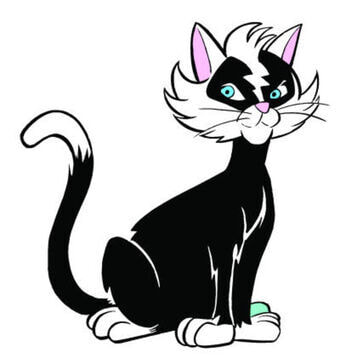
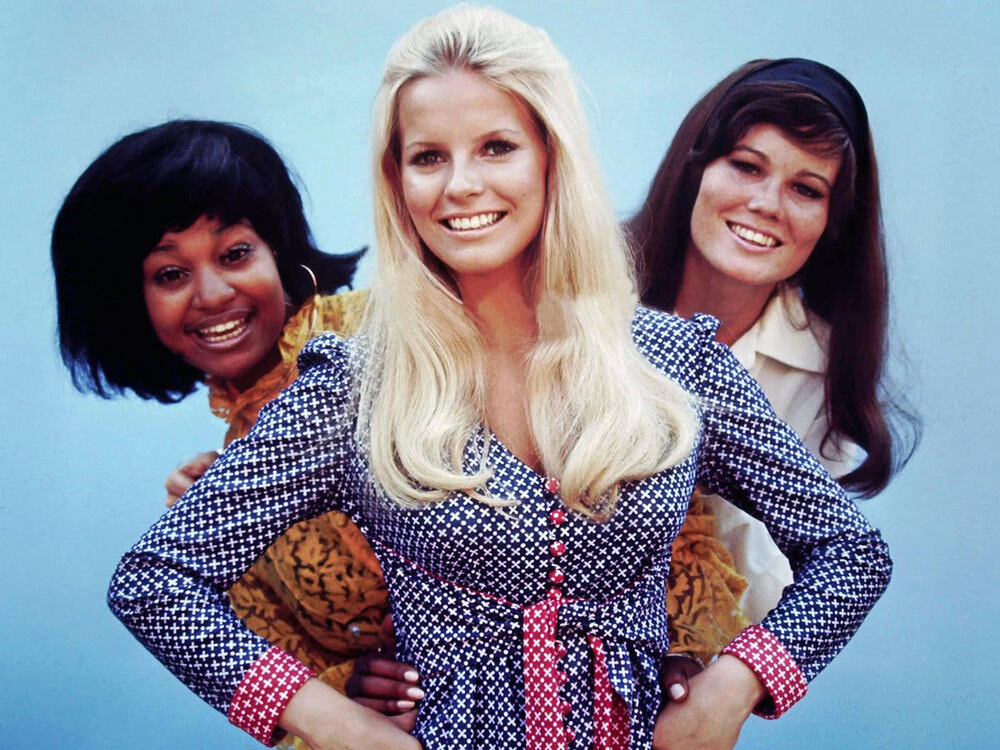
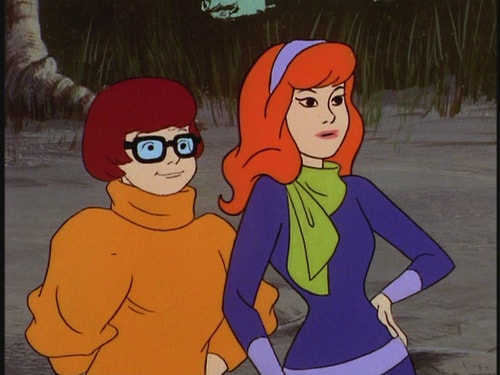
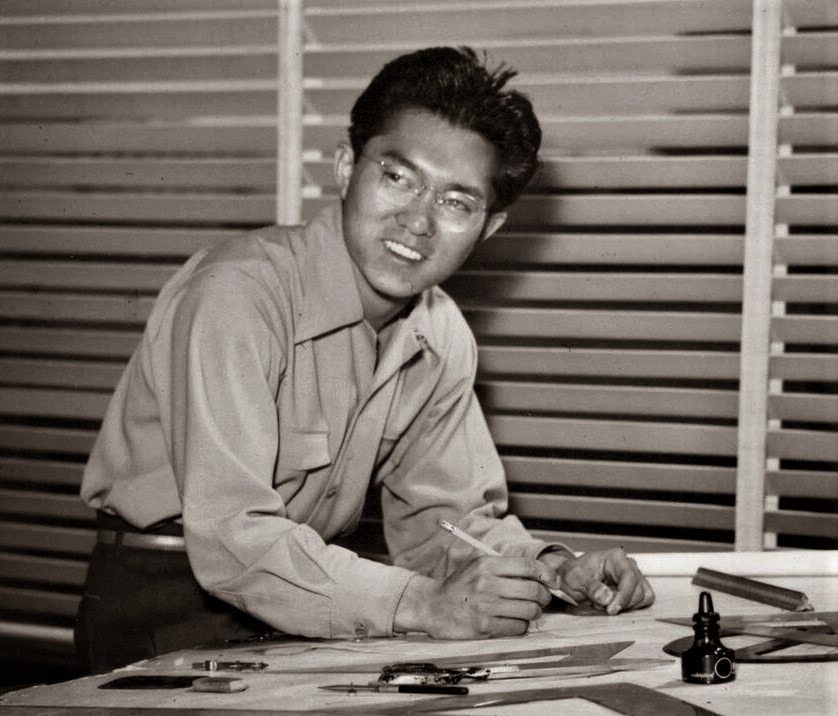
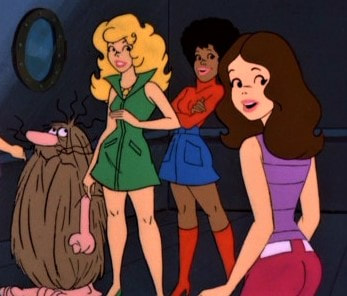
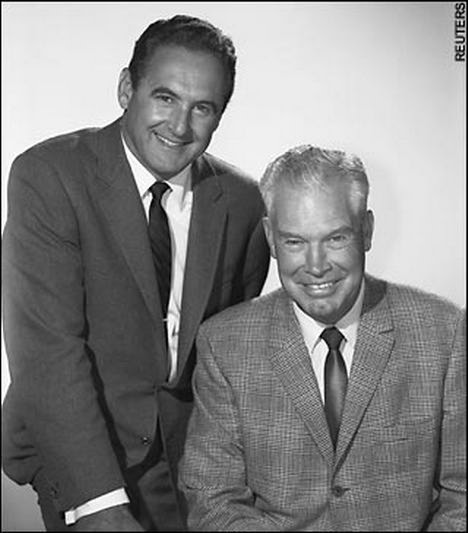
 RSS Feed
RSS Feed